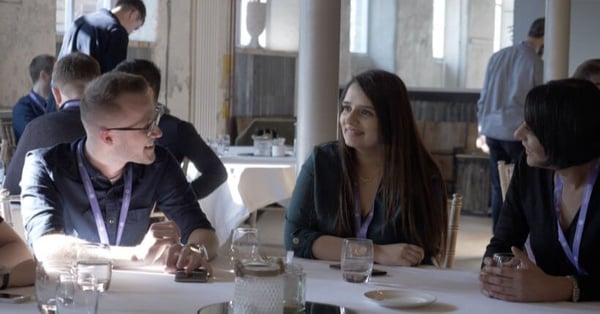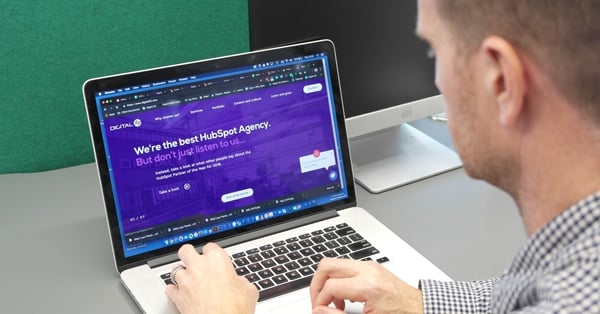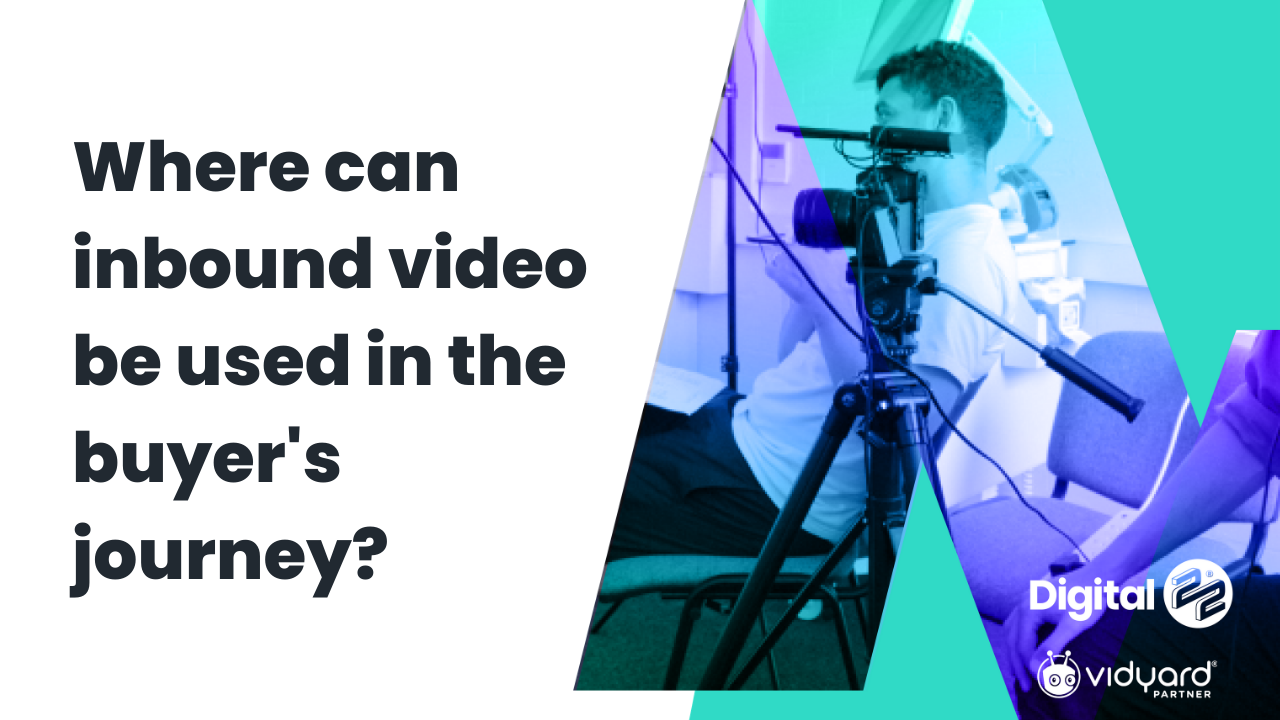Today’s buyers embark on what we can call a little journey. We don’t click on the first product...
I get it, marketing phrases can get pretty confusing really quickly. Between all of the acronyms like UX, CMS, CTR, ROI, SERP and loads of others, there are terms like buyer journey and customer journey to get to grips with. Buzzwords like these are usually used interchangeably but they’re actually a bit different from each other.

Here’s what you need to know about both and the little nuances which set them apart.
- What’s the buyer journey?
- What’s the customer journey?
- Okay, so what’s the difference?
- Quick tips on how to nurture customers
What’s the buyer journey?
The buyer journey makes up all the stages a consumer or prospect goes through to purchase a product or use your services. You can break the buyer journey into four stages: awareness, consideration, decision and delight.
Here’s a bit more about each one.
- Awareness: the individual realises they have a problem and they’re searching for a solution.
- Consideration: the individual has defined the problem and wants to understand what the best product or service is to help them solve their pain point.
- Decision: the individual has now decided on a solution. They’ll compare and whittle down their options - ultimately deciding on one.
- Delight: now you can exceed a customer’s expectations to create a positive experience for your brand.
This is just a quick and dirty explanation of the buyer journey. If you need a more top-level, detailed explanation, then I recommend you check out this blog that our Head of Inbound Andrew put together.
What’s the customer journey?
The customer journey instead allows you to focus on further developing relationships with your customers through regular engagement. Throughout this journey, you need to find ways you can make customers trust you more so they stick around. As a result, it improves your customer retention rates.
Just because a customer has bought something from you, it doesn’t mean they’ll keep coming back in the future. There might be one, tiny post-transaction experience they weren’t a fan of which could see them run off into your competition’s warm embrace.
The point of the customer journey is to stop that from happening. Make it a good experience even after a customer has purchased something and they’ll continue using your product or service in the future.
Okay, so what’s the difference?
The key is in both of the previous headings. Somebody can’t become a customer unless they’ve gone through the buyer’s journey - they only become one at the end of the decision stage once they’ve decided you’re the brand for them.
With the buyer journey, you’re trying to nurture them by resonating with their pain points in the hope that they remember you, how much you helped and feel inclined to purchase from you. Once they’ve made that transaction, you shouldn’t neglect them. Getting customers to purchase your products and services isn’t your only goal.
Once they’ve gone through the buyer journey and have become a customer, you then need to use the customer journey to establish loyalty. It means they’ll only buy those products and services from you and then turn to your company for whatever needs your solutions can fix 🤞.
The other major difference is that in both journeys, you’re trying to nurture them to achieve different outcomes.

In the buyer journey, you nurture an individual to become a customer. However, it’s a little different when you’re on the customer journey. After all, the individual is now a customer - so what can you do differently?
By building loyalty in the customer journey, you then nurture customers into brand ambassadors and promoters. Customers tend to trust others in their position a lot easier than they trust companies because they think there’s less bias involved. A company might tell a prospect what they want to hear, but a promoter will be honest with them based on how much you’ve delighted them.
That’s why you can’t afford to ignore the importance of a customer journey. Delighted brand ambassadors are basically your free, walking billboards that offer you plenty of value, simply because you continue to provide an amazing experience and they’re loyal to you.
Other differences include the way you nurture prospects in the buyer journey and customers in the customer journey. In the buyer journey, you nurture them through the awareness, consideration, decision and delight stages.
You offer them eBooks, educational content, downloadable guides and troubleshooting tips. Then it’s more along the lines of podcasts, how-to videos and online Q&As. You then nurture them further by taking it up a notch with free trials, demos, case studies and price guides and this turns into surveys, SMART content and follow-up emails.

In the buyer journey, you offer all of this in the hope they stick with you and become a customer. Once the customer journey kicks in, then there are some steps you can take to nurture them into promoters. Check out some of them below.
- Engage after a purchase: once a customer has bought something, don’t just neglect them. Make them feel special by initiating contact through automation emails to thank them and even recommend similar products to cross or upsell.
- Send more relevant content: just like you pushed relevant content during the buyer journey, do the same in the customer journey. Make sure the content is relevant, informative (like tips on using your product) and they’ll stay engaged.
- Ask for feedback - and action it: send out surveys or ask for reviews. Customers appreciate that and make sure you listen to what they say as it can help improve your relationship.
- Reward them: has a customer become a brand ambassador by shouting about you to others? If they help you gain more business, reward them in the form of discounts.
Now that you know a buyer journey leads up to a purchase and a customer journey continues after the purchase, there’s still a lot more you can do to make sure you successfully retain customers.
You need to build trust. The best way to develop it is to have a robust marketing strategy process that smashes every pain point in the buyer journey and continues in the customer journey. To help you out with that, we’ve created the Inbound 2.0 guide.
Improve your marketing with Inbound 2.0
Inbound tactics can change at the drop of a hat. What worked last year probably doesn’t work this year - so we’ve created a guide to give you the most up-to-date information on all things inbound marketing.
From conversational marketing to buyer personas, best practices to tips on delighting customers, it’s got it all. Get your hands on a copy using the link below.



